Oh hi there!
I’ve got some great kid table vibes for you. You ready? The forecast for this week is — holds finger in the air to check the currents—
FROLICKING
I’m trying to get to know my new home and my favorite way to do that is to frolic through the magical trees. On Monday, we visited Scenic Beach State Park since it was free for the holiday. You can see the water peeking out from behind us.
NEW HATS
In a previous newsletter, I mentioned that when we moved in, we found a cow waiting for us. She wasn’t our style but we couldn’t let her go. She blesses us with cowbells as we walk through the door. We’ve now updated her hat, and I think she looks great.
A WILD RUMPUS
Aaron and I have never been DIYers but we didn’t let that stop us from demolishing our closet with a hammer. The shelves were saggy and the space was poorly designed…so we absolutely destroyed it (muahaha!). Then we filled in the holes with putty, painted over everything, and installed metal racks. If I had been smart, I would have taken a before and after photo. But I took two “during” photos and hopefully that is good enough (if not, you can have your people call my people).
CRYING IN FRONT OF PEOPLE
I’ve been feeling sad lately for many reasons, and sometimes I have the tendency to keep anything but happiness to myself. But luckily some amazing people in my life have offered a safe space for me to feel all the feelings. Occasionally being a blubbering mess is an important staple of the kid table.
THE AGONY OF WAITING FOR SOMETHING YOU ARE EXCITED ABOUT
I’m about to receive an updated PDF of my debut picture book HOW TO PEE YOUR PANTS (THE RIGHT WAY) which will include the jacket cover, case cover, and interiors with text. And, when it all gets approved, I’ll get to share the cover with you!!!
READING FOR FUN
I got rid of my goodreads account (except for the new one I created to leave reviews for friends’ books). I am not tracking my reading anymore, and I’m loving it. Here are some recs:
And some wonderful picture books I’ve read that I recommend preordering now:
What kid table vibes are you loving in your corner of the world?
This week, I’m sitting at the kid table with…
…children’s book author-illustrator Maurice Sendak!
You probably know him for his beloved Caldecott award winning book Where the Wild Things Are. But you might not know that he was obsessed with death (to the point his friends teased him about it), he hated book signings, he had a reputation for being a lovable curmudgeon, and he was Stephen Colbert’s favorite interview of all time. So let’s get to know him a little more, shall we?
Note: You can listen to this as a podcast episode or read it below.
Learning from the great Maurice Sendak: Part One
Part one will include an overview of his life with a focus on the things that influenced his work. Part two (next week) will include the eight things I learned from him about the creative process, making books, and life in general. Here we go!
I love Maurice Sendak because…
Where the Wild Things Are has always been a huge inspiration for me. As a kid growing up in an unsafe emotional environment, he gave me a safe space to express myself. My wildness. My anger. All while knowing that someone was waiting for me at home with dinner “and it was still hot” — a gift of love and true acceptance from the story to me.
He took emotional risks.
I decided to do this deep dive research because I wanted to understand what inspired Sendak to take such emotional risks on the page at a time when there weren’t many books representing imperfect moms and angry kids. My research led me to discover many things that informed his work including a difficult childhood, an obsession with death, and a commitment to tell the truth to kids.
He advocated for children.
In his own curmudgeonly way, he was a fierce advocate for children as whole people with complicated, intense emotional experiences. I felt that respect as a kid when I read his books. And I hope to offer that respect now as I make books for kids.
WHO IS MAURICE SENDAK?
CHILDHOOD
“It was the awareness at a very early age of mortality which pervaded my soul and provided me with the basic ingredients of being an artist.”
Maurice Sendak was born June 10, 1928 in Brooklyn, New York. He was named after the doctor who helped his mom when he was born. His family called him Murray.
His parents were Jewish-Polish immigrants who were working to bring their families over. His father was a tailor which later influenced Sendak to design costumes. Overall he had a difficult relationship with his parents: “There was no art to child life in my family. They couldn’t figure out life at all. My mom shouldn’t have had children. She didn’t care for children.”
Sendak’s father described him as a happy baby, coming out “almost laughing…like a little bell.” Sendak later said, “What a start. What a good beginning. What a hopeful sign that was. What did they do? Break the bell?”
Despite his difficult relationship with his parents, he loved his sister and brother and called them his chosen parents. They gave him books and enriched his life with creativity including dynamic wooden toys they made together (which Sendak had in his studio). Creativity helped him survive.
Being sick all the time led to a love of observing, drawing, and telling stories.
As a child, Sendak was often sick and spent most time indoors, observing other children’s lives through the window. This later influenced his books which were full of windows and movie-like frames. He also spent a lot of time reading comics and drawing and he especially loved Mickey Mouse. He wanted to become an artist after seeing Fantasia; animation was a huge inspiration for him throughout his life.
Confronting fear and death at an early age gave him a deep respect for children.
Self-described as a “rigid kid,” he was often in a state of fear and anxiety. When he started attending school, he found it uncomfortable: “Nearly every morning, in order to get there, I had to talk myself out of a state of panic…I couldn’t stand being cloistered with other children, and I was usually so embarrassed that I stammered.”
He was scared of his mom’s Hoover vacuum cleaner to the point that he had to go to the neighbor’s house when it was in use. He also watched Invisible Man which, according to him, made him an insomniac for the rest of his life as no one could prove the invisible man wasn’t lurking.
But what scared him more than anything was death.
Sendak was forced to confront mortality at a very young age.
His father told him he was an “accident baby” and that they had tried to abort him using toxic things because they couldn’t afford him.
When he got sick, his parents often expressed that he could die: "I think a lot of children are afraid of death. But I was afraid because I heard it around me. I was very ill; I had scarlet fever…my parents were afraid I wouldn't survive."
He became obsessed with the Lindbergh baby kidnapping after seeing a graphic newspaper image at age two. He realized bad things could happen to anyone and said, “It invested me in children forever.” This experience eventually influenced his book Outside Over There.
As his parents saved money, they were able to bring over most of Sendak’s mom’s family out of Europe, but by the time they started trying to help his dad’s, it was impossible to get his Jewish family out of Europe. The entire extended family was tragically killed in the concentration camps. Because of this, Sendak’s parents carried a lot of guilt, and Sendak explains that, in not knowing how to handle it, they took it out on their children.
Sendak also carried personal guilt with him from a tragedy that happened to his childhood friend whom he witnessed run into traffic to retrieve a ball. Though his friend’s mom expressed that his friend’s death wasn’t his fault, Sendak carried the experience with him his whole life. Even into his 80s, he struggled to talk about it.
As an adult, Sendak was teased by friends about how often he talked about death. But when you see the events of his life, you can understand why he carried death with him everywhere. These experiences shaped the way he lived, the way he created, and the way he thought about childhood.
YOUNG ADULT YEARS
He got his big break from the great editor Ursula Nordstrom.
Sendak worked at a toy store and took art classes at night. His first jobs also included textbook illustrations and window dressing where he was introduced to children’s book editor Ursula Nordstrom. Sendak said, “She made me who I am. She gave me a book every year. She kept me working. Can you imagine? Mentorship from a publishing house. She intended that I should be an important illustrator.”
When Sendak was experiencing self-doubt, Nordstrom replied: “You may not be Tolstoy, but Tolstoy wasn’t Sendak, either. You have a vast and beautiful genius.” Under her mentorship, eventually Sendak was able to quit his other jobs and work on children’s books full time.
ADULT YEARS
He made many award-winning books that forever changed the children’s book industry.
For many years, he illustrated others’ books and developed a reputation as an incredible artist. Then he started writing his own books and, in 1963, won a Caldecott Medal for his well known classic picture book, Where the Wild Things Are. Over the course of his 60 year career, he made over 150 books and sold more than 50 million copies in 40 languages. He won many other awards as well like the Hans Christian Andersen Award, the Laura Ingalls Wilder Award, the Astrid Lindgren Memorial Award, the National Medal of Arts, seven Caldecott Honors, and a National Book Award.
He followed his other passions and built a rich creative life.
In addition to making books, Sendak also designed costumes and sets for operas and ballets including Krása’s Brundibar, Mozart’s The Magic Flute, Prokofiev’s The Love for Three Oranges, Engelbert Humperdinck’s Hansel and Gretel, and Tchaikovsky’s ballet The Nutcracker. He also wrote the lyrics for the musical animated production of his book Really Rosie in collaboration with Carole King.
Later he was credited as a producer for the movie version of Where the Wild Things are where he especially worked on character design with Jim Henson Studios. He loved the movie.
Sendak maintained a private personal life.
During much of his career, he kept his personal life private. He had a 50-year partnership with psychoanalyst Eugene David Glynn who worked primarily with youth. They enjoyed reading books, traveling, and listening to music together.
Sendak explained that being a gay man in children’s books felt “dangerous” and created a lot of anxiety for him: “It was something you hid. I must have been 19 or 20 when it became obvious to me.” In other interviews, he said, “I didn’t want to be gay…It was yet another sign of isolation,” and “I was worried that that knowledge if it were to come out would ruin my career.” Sendak never told his parents but eventually came out publicly in 2008.
Sendak never really wanted kids of his own (except maybe once) and expressed many times that he was glad he didn’t so he could devote himself to his art. He did have a beloved dog named Jenny who was featured in many of his books and a German Shepherd named Herman (named after Melville) that kept him company after Eugene passed away in 2007.
He never stopped learning.
Sendak expressed that the only time he felt true happiness was creating books. He continued learning from his muses, making books, and finding inspiration until he passed away in 2012 at the age of 83 after suffering a stroke.
Here are some of his beautiful words from one of his last interviews (I definitely recommend a listen here):
“Almost certainly I’ll go before you go so I won’t have to miss you.”
”I’m a happy old man but I will cry my way all the way to the grave.”
“There are so many beautiful things in the world which I will have to leave when I die. But I’m ready. I’m ready. I’m ready.”
A FEW FUN FACTS ABOUT WHERE THE WILD THINGS ARE
Originally called Where the Wild Horses Are until Sendak realized he couldn’t draw horses
Chose “Things” because he could draw anything and no one could critique him for not drawing it right
Sendak felt like his style hadn’t solidified until this book — his influences melded together in a way that became more him
The wild things were based on his Jewish relatives who said things like, “You’re so cute I could eat you up.”
About the book, he said: “How many people have a five year old child care for their fathers all through his life? That kid in the silly wool suit has made my life pleasurable. Not many people have children who are so financially dependable. Which has allowed me to invest in all kinds of experimental work. One should be happy to have one book like that.”
Lots of people asked him to do a second book. He found that “the most boring idea imaginable.”
“The fun of that book is a perilous tightrope of a little boy very vulnerable to these huge creatures and the absurdity of his having control of them by staring into their yellow eyes. It’s what every child would like, to have control over such things. Kids are not afraid of them because Max is not afraid of them.”
“I think Max is my truest creation. Like all kids, he believes in a world where a child can skip from fantasy to reality in the conviction that both exist.”
For more fun facts about his other books and a list of sources I used, you can check out my blog post here.
A FEW FINAL FUNNY ANECDOTES:
My favorite interview I’ve ever watched in my whole life is this one with Stephen Colbert and Maurice Sendak. It is irreverent and witty and curmudgeonly. Here is Part One. Here is Part Two.
Sendak hated signing books because he thought it was “social nonsense” and he often unintentionally made kids cry; they didn’t understand who he was or why he was drawing all over their books. One time a kid yelled, “Don’t crap up my book!” Sendak called the kid courageous and said, “It was the bravest cry I’ve ever heard. I nearly wept.”
One kid wrote him: “Dear Mr. Sendak, How much does it cost to get to where the wild things are? If it is not expensive, my sister and I would like to spend the summer there.”
Sendak shared: “A little boy sent me a charming card with a little drawing on it. I loved it. I answer all my children's letters - sometimes very hastily - but this one I lingered over. I sent him a card and I drew a picture of a Wild Thing on it. I wrote, 'Dear Jim: I loved your card.' Then I got a letter back from his mother and she said: 'Jim loved your card so much he ate it.' That to me was one of the highest compliments I've ever received. He didn't care that it was an original Maurice Sendak drawing or anything. He saw it, he loved it, he ate it.”
For bonus content and a list of sources, you can go to my blog. Thanks to Whiskey Geraldine for our podcast music as well as Joanna Rowland, Marietta Apollonio, and Angela Pham Krans for sponsoring this episode. To become a podcast sponsor, you can upgrade to a paid newsletter subscription here.
Thanks for sitting with me at the kid table :)
Until next time! As always, I’ll save you a seat next to me.
Your starting-a-wild-rumpus friend,
Rachel





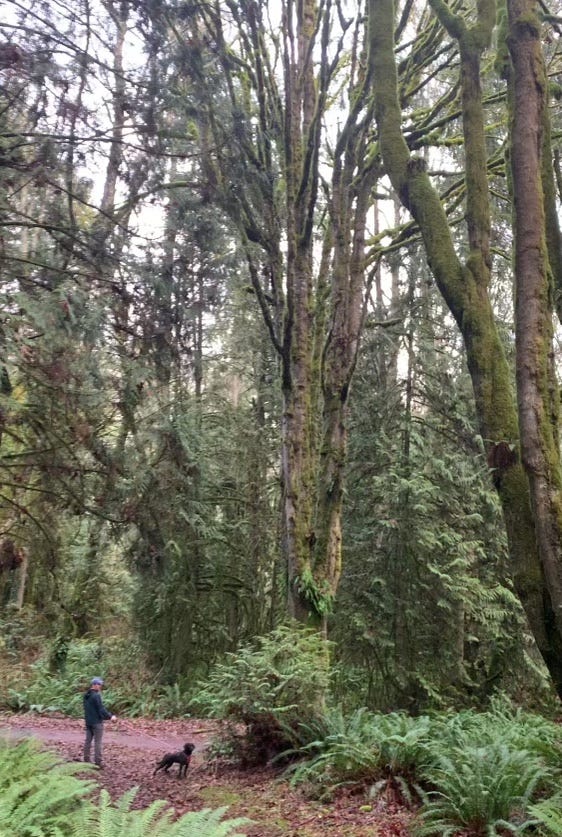
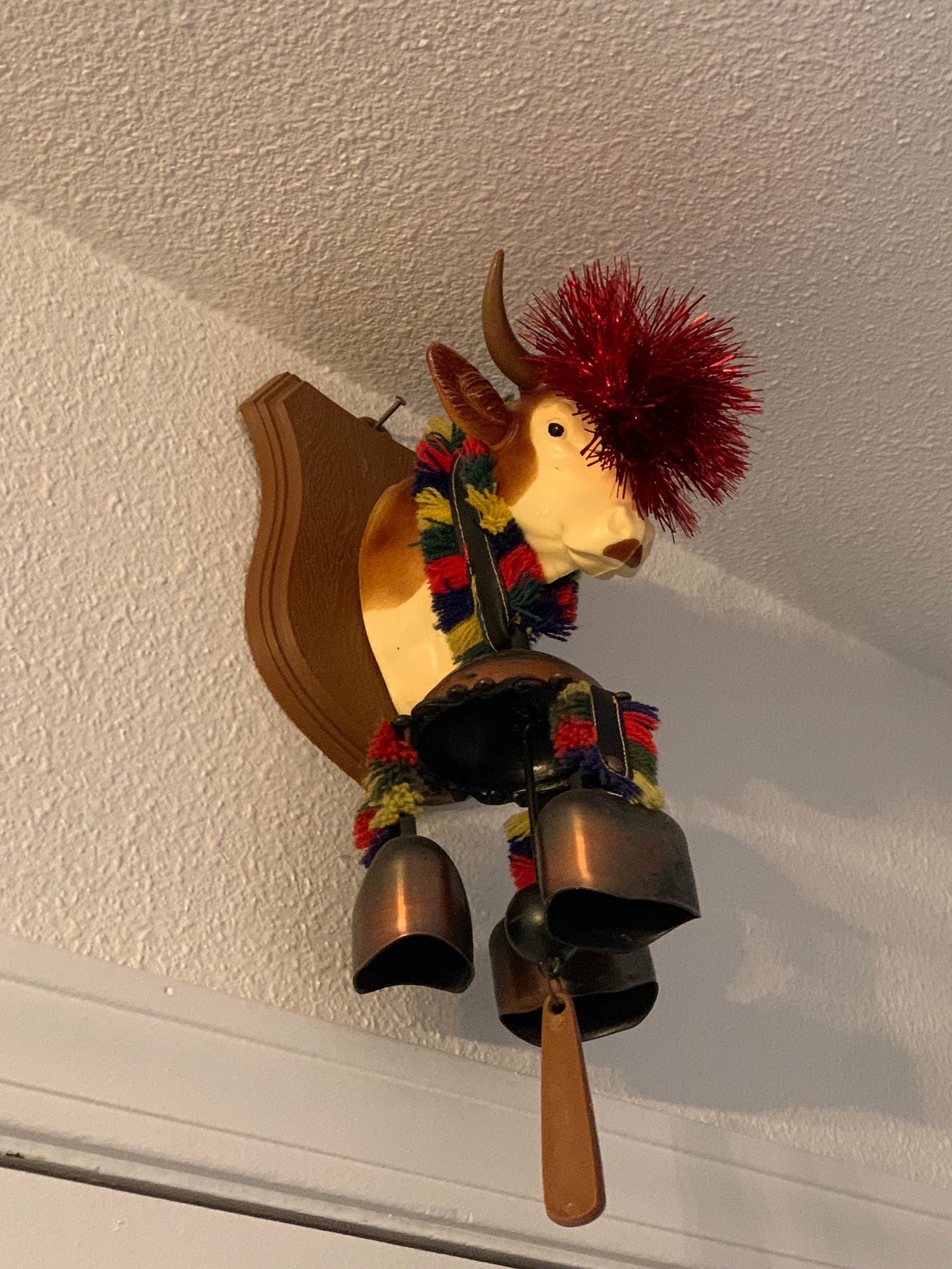
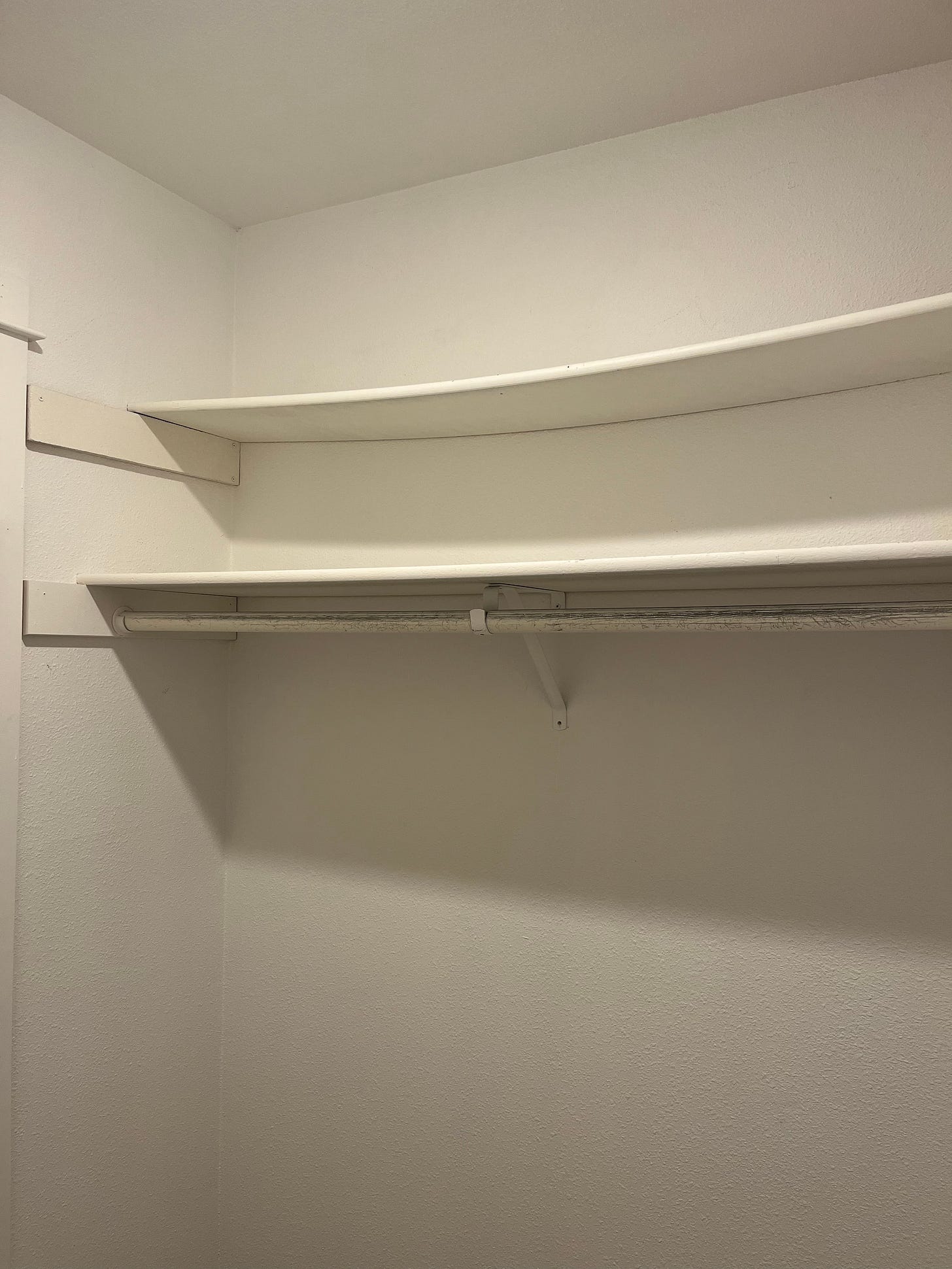
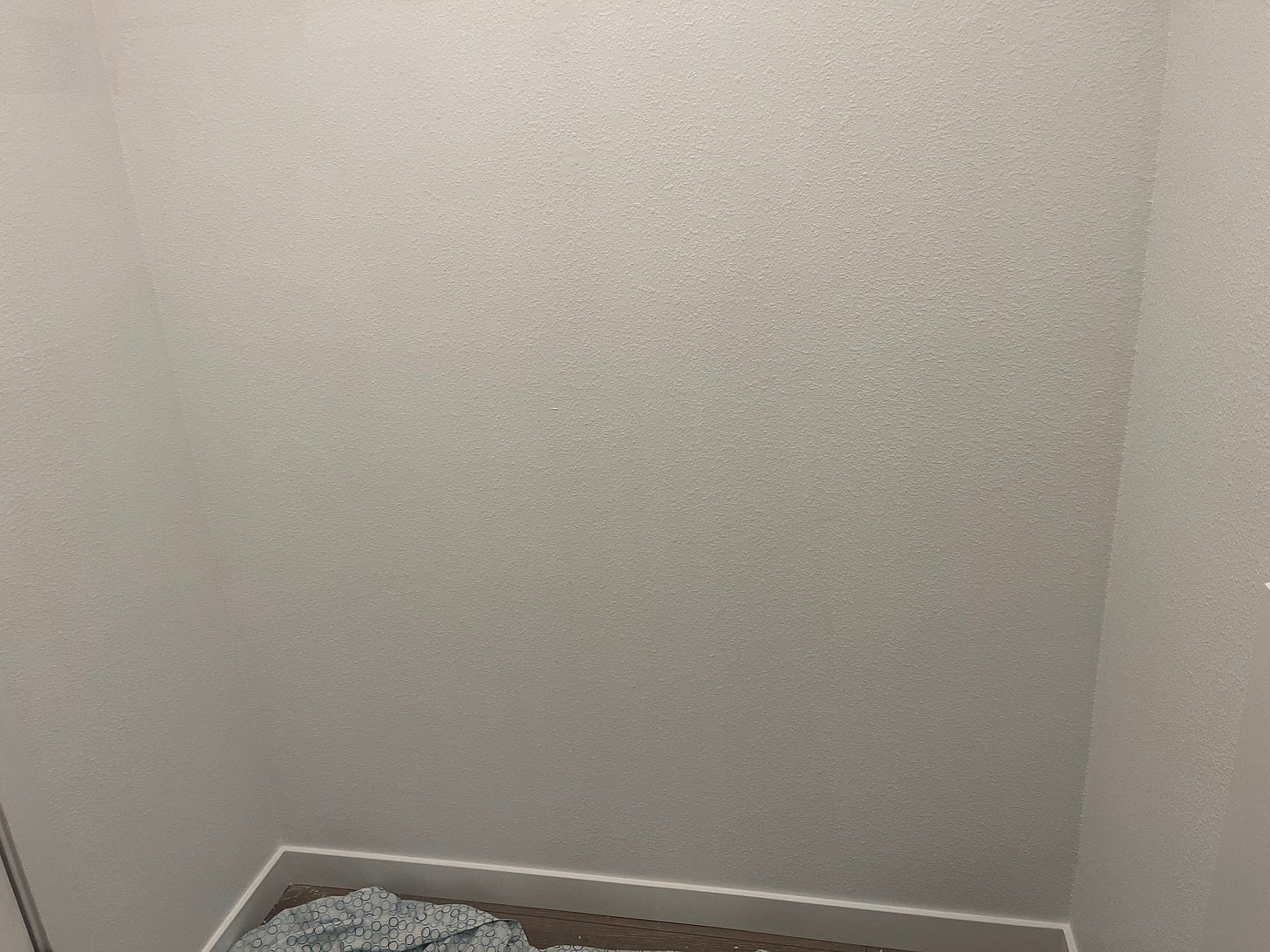

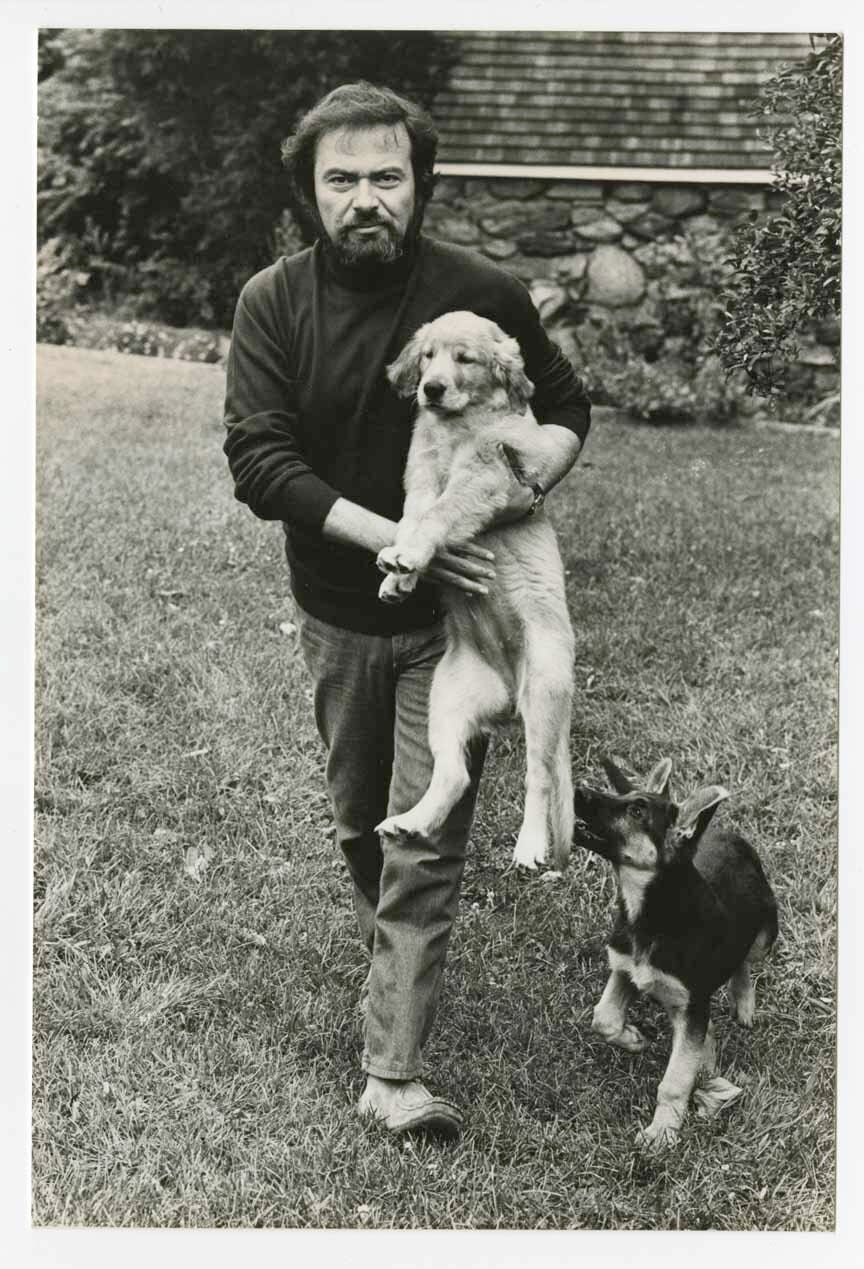







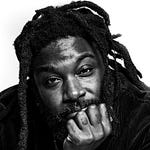



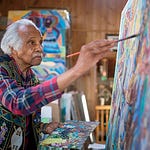
Share this post